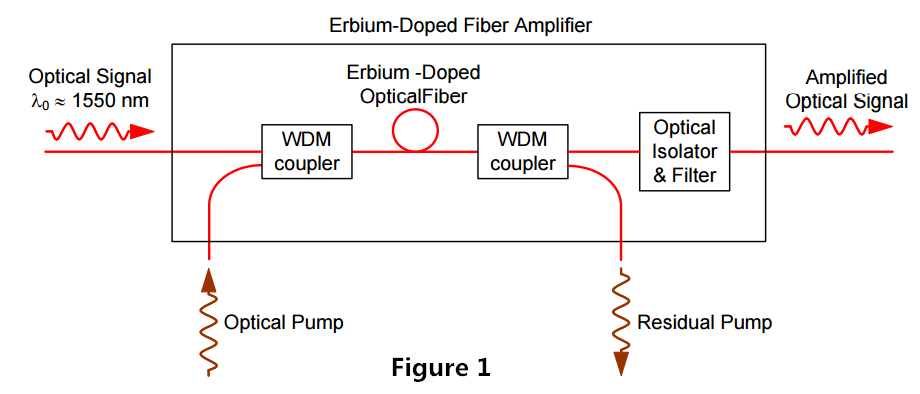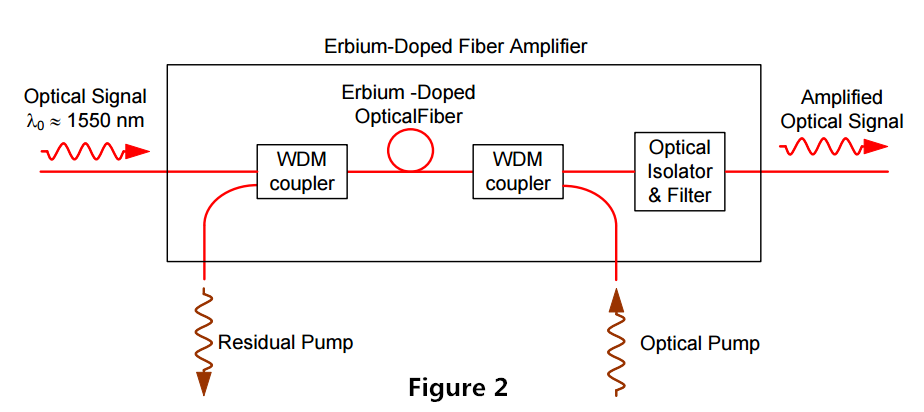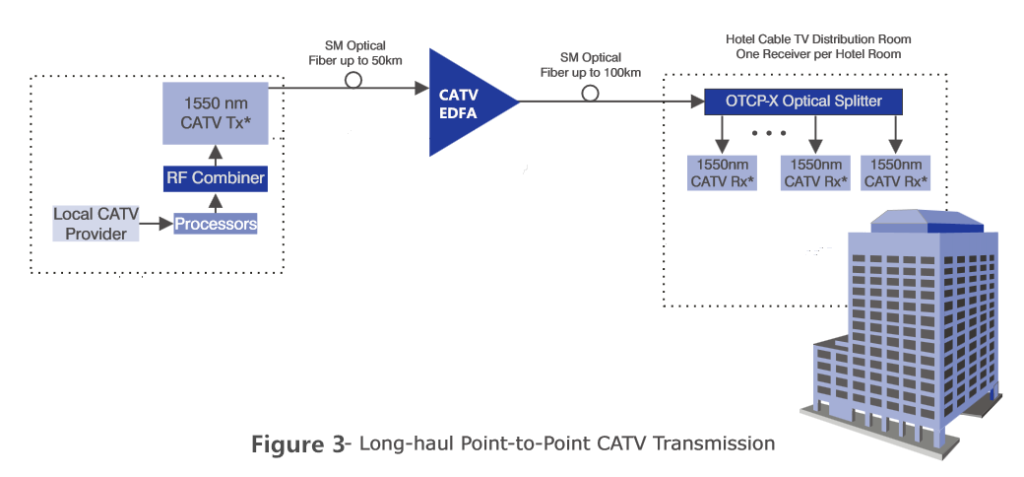Nowadays, people have access to data at all times and at everywhere, which gives rise to the rapid development of big data technology. During the application of big data technology, transceiver has become an indispensable component, which can help executives to get their data in real-time. Recently, 40GbE network has replaced 10G Ethernet network and has been used worldwide. For 40GbE network deployment, high-density cabling is the basic requirement. Also, optical components for high-speed data transmission are necessary. This article aims to introduce three types of 40G QSFP transceivers for long distance transmission—QSFP-4X10GE-IR, QSFP-40G-PLRL4 and QSFP-4X10G-LR-S.
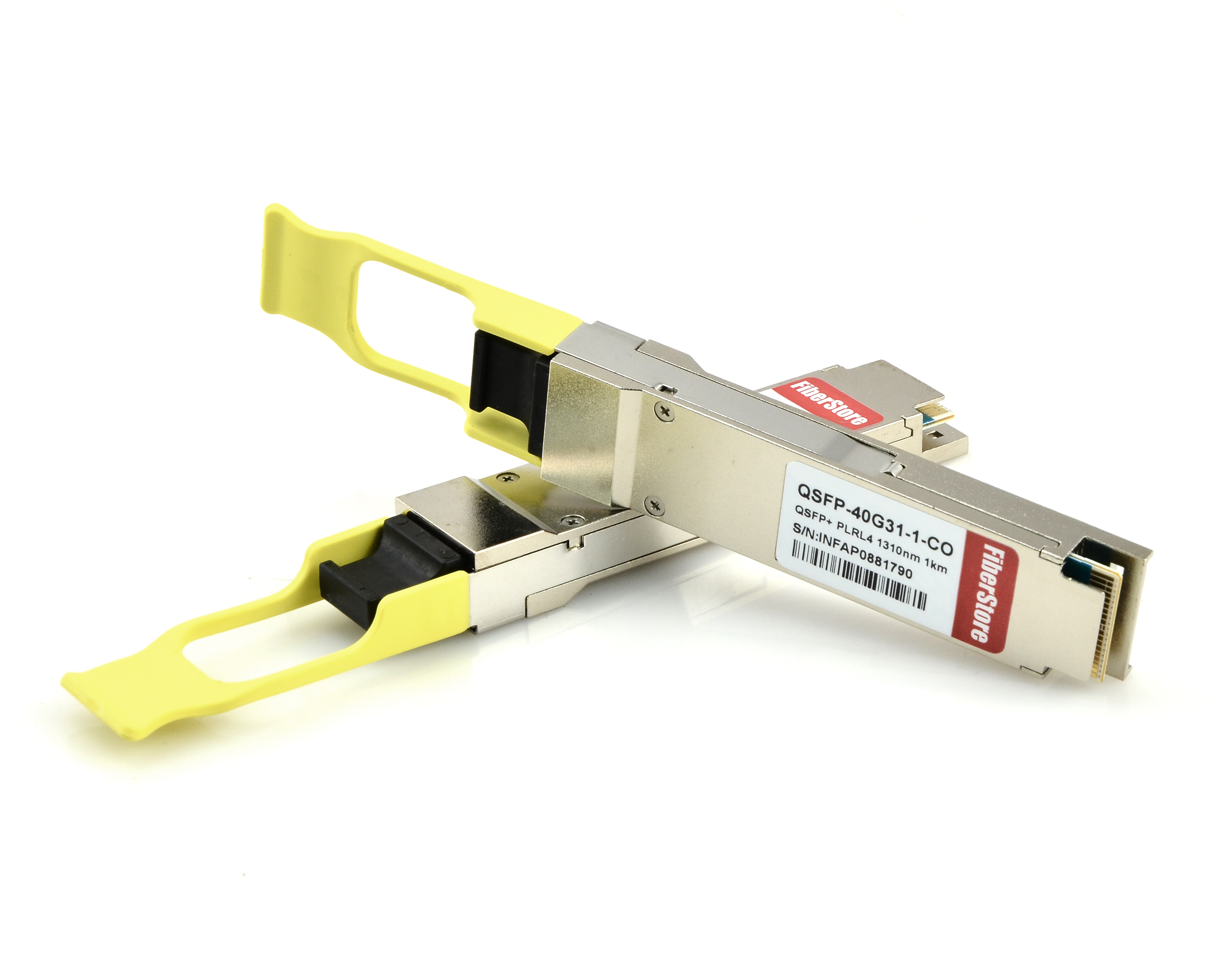
Designed with MTP interface, the parallel QSFP-4X10GE-IR transceiver offers 4 independent transmit and receive channels, each capable of 10Gbps operation. It utilizes 12-ribbon single-mode fiber cable with MTP/MPO female connector to realize 40Gbps data link with transmission distances up to 1 km.
The QSFP-40G-PLRL4 transceiver uses 12-fiber MTP interface to achieve 40Gbps parallel transmission, supporting maximum data link lengths up to 1.4 km. The cable type required for QSFP-40G-PLRL4 transceiver is an APC (angle polished connector) single-mode 12-fiber MTP cable. APC is the only available type for single-mode MTP-12 fiber.
The QSFP-4X10G-LR-S transceiver is a parallel 40Gbps QSFP+ optical module. It supports link lengths of up to 10 km on G.652 single-mode fiber. It enables high-bandwidth 40G optical links over 12-fiber parallel fiber terminated with MTP/MPO female connector. It can also be used in a 4x10G mode for interoperability with 10GBASE-LR interfaces up to 10 km.
When reading this, you may find that all these three types of 40G transceivers are designed with MTP interface and use parallel transmission. In parallel transmission, data signals are sent sequentially on the same channel. In addition, they all use 1310nm wavelength and can transfer data signals up to at least 1 km. What’s more, they are compatible with the Small Form Factor Pluggable Multi-Sourcing Agreement (MSA) and they support Digital optical monitoring (DOM).
Because the structures of these three types of 40G transceivers are similar, their working principles are similar, too. The single-mode cable terminated with 12-fiber MTP connector plugged into the 40G transceiver carries the 40G signal over only 8 of the 12 fibers, remaining 4 fibers unused. The 8 used fibers are mapped as 4x10G Tx and Rx pairs. We can easily understand the working principle of these three types of 40G QSFP+ transceivers from the figure below. In the transmit side, the transmitter converts parallel electrical input signals into parallel optical signals through the use of a laser array. Then the parallel optical signals are transmitted parallelly through the single-mode fiber ribbon terminated with MTP/MPO connector. While in the receive side, the receiver converts parallel optical input signals via a photo detector array into parallel electrical output signals.
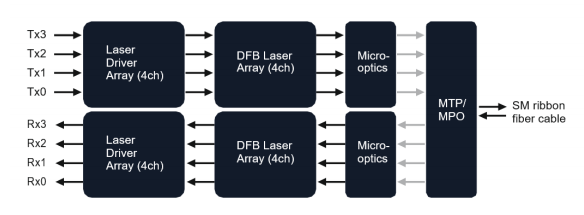
Many data centers are in the process of 10G to 40G migration. To make migration path smooth, we can use 40G transceivers together with MTP cable. Take QSFP-40G-PLRL4 transceiver for example, we can simply use MTP-LC harness cable to connect one QSFP-40G-PLRL4 transceiver and four 10GBASE-LR SFP+ transceivers. Here is a figure for you to have a better understanding of the connectivity. In addition, for 40 connectivity, we can use MTP trunk cable to connect two QSFP-40G-PLRL4 transceivers to make the optical links. Using 40G QSFP+ transceiver for high-speed long distance transmission over single-mode fiber is a cost-effective solution.
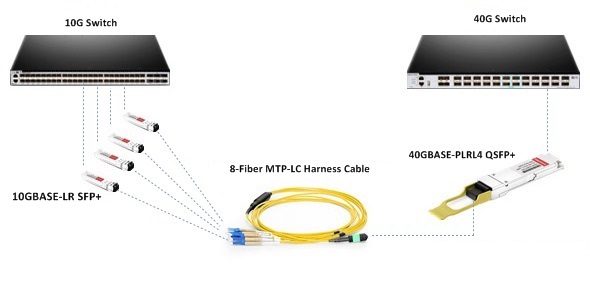
With special structures, MTP components are popular with data center managers for fast installation, high density and high performance cabling. QSFP-4X10GE-IR, QSFP-40G-PLRL4 and QSFP-4X10G-LR-S these three 40G QSFP+ transceivers have special interface designs which can be compatible with single-mode MTP connector and support long distance transmission. During the deployment of 40G QSFP+ module, selecting proper MTP assemblies are also essential to successfully accomplish the link. The optical components mentioned above can be found in FS.COM. If you want to know more details, please visit our site.
